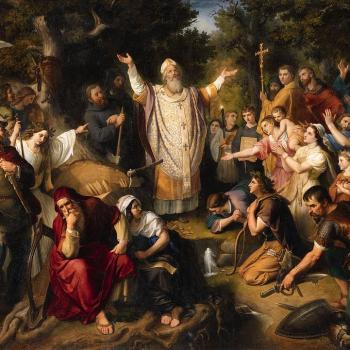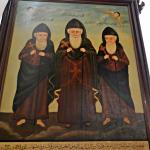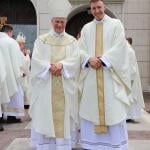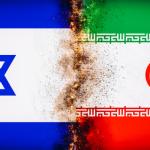Our culture suffers from a epidemic of benighted bumblings when it comes to poetry in general and this condition is critically deficient in the area of Biblical poetry.
I have often argued that poetry is one of the most important ways to understand God in the Bible but is the least implemented in the composition of systematic theology or in the development of Christian doctrine. It’s deplorable how few people have any idea HOW to read the genre that makes up such a significant part of the Bible. Thankfully there is hope. There are a lot of places that you can get a good education on reading Hebrew Poetry. One of the best resources I have encountered is
This book is one that I would consider a must read for anyone interested in developing a Biblical literacy.
Susan E. Gillingham’s The Poems and Psalms of the Hebrew Bible (Oxford: Oxford University Press, 1994). The book is part of the Oxford Bible Series which seeks to present readers with a general orientation to the Bible by embracing wider categories of Biblical books than a standard commentary and presenting an introduction to category in a single volume. Gillingham’s volume addresses the Biblical genre of poetry, the area in which She has devoted much of her own life’s work. Gillingham is one of the leading scholars today in the study of the Psalms and Hebrew poetry at Oxford University and she does a masterful job of equipping the reader to approach the poem with imagination as well as technical competence.
I have been amazed at how much more I have gotten out of my daily prayer times as I have read through the Psalms. I have used what I learned to help some of my students at church start to look at Biblical poetry as something powerful and rich for the first time in their lives. I personally consider it one of the greatest treasures I have encountered in my time at seminary. I would recommend this book to anyone who has an interest in understanding the Bible without hesitation or caveat.
This volume was written in an attempt to present the reader with the tools through which the reader will be able to engage with the Poetry of the Bible with both an appreciation for imaginative interplay of the text on the reader while maintaining a a grasp on how the texts is constructed from a critical perspective. Reading poetry like this requires an understanding of the language of composition, the religious and cultural life of the author and the original audience, that of the Israelite people. Gillingham seeks to present a method for reading the psalms that maintains fidelity to both the critical and imaginative elements at work.
The first part of the book helps readers identify what Hebrew Poetry is, and recognize it when they see it. It views Hebrew poetry as an art form, distinct from prose, that connects the the reader through tensions in the text and intentionality in the form. Hebrew poems often demonstrate tension through the use of parallelism where the meaning of one line is not fully understood unless it is held next to another line. The form is often expressed in a rhythm sometimes seen as metre but it is not imposed on the poetry like many western forms, rather it springs out of an organic expression of language.
The second part of the books delves into where poetry is outside of the Psalter scattered throughout the Law, the wisdom literature, in the rites and practices of worshiping community, and make up a central place in much of the prophetic writings. These writings often show how much Hebrew poetry is tied to particular life settings rather than as functions compositions for literature. They function as a way to both conceal and reveal. They don’t seek to create certainty in their listeners, but are comfortable leaving certain things open ended. This is part of the power of the tension created.
The last part of the book explores the Psalms themselves. Gillingham explores what it means to be a poet. The Psalms present a rich tapestry of voices, each struggling to address their setting in life through their unique vocation as a poet using unique means. How people read these poems has also produced an equally diverse tapestry of opinion.













